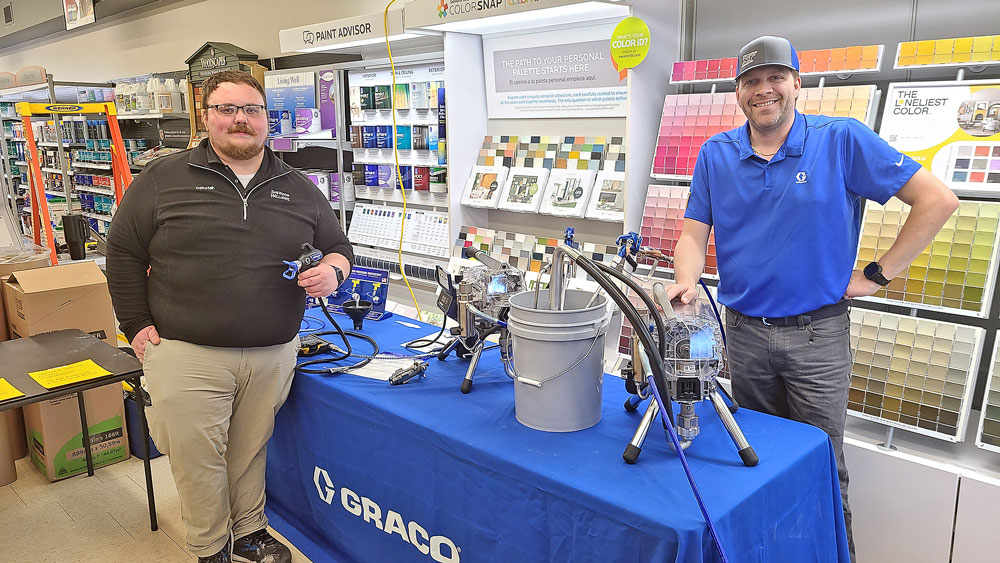Even in season of challenges, farmers bring in bountiful crop

By Bob Fenske, editor@nhtrib.com
When Terry Basol considers the challenges hurled at farmers this growing season, the ISU Extension agronomist can’t help but shake his head in amazement when it comes to some of the yields being reporting now that the harvest season has kicked into full swing.
“Honestly, if you would have told me in July that we’d be seeing what we’re seeing now, I wouldn’t have believed you,” said the crop expert stationed in Nashua.
“As agronomists, we’ve all walked in corn fields that were in desperate need of rain and now we’re seeing a pretty good crop even though Mother Nature threw the proverbial book at us this entire season,” Basol said.
A number of farmers contacted by the New Hampton Tribune said they were bringing in yields in the “60s” when it came to soybeans and that the small amount of tests they’ve done in cornfields are producing better-than-normal yields as well.
As of Monday, the weekly Iowa Crop Progress and Condition report by the U.S. Department of Agriculture showed 16% of the state corn crop harvested in the North Central area that includes Floyd County. It showed 43% of the soybean crop had been harvested.
That’s a big jump from a week earlier, when only 4% of the corn and 19% of the soybeans had been harvested.
Last week’s weather — especially early in the week when skies were sunny and temperatures climbed into the 80s — kicked off the harvest in earnest.
It was the end of a season that had included several events with the potential to put a nick in the harvest potentials, including a cool start to the growing season with frost as late as Memorial Day, soaring temperatures in June and drought conditions that reached the “severe” classification by the U.S. Drought Monitor.
Basl said three key factors helped the crops thrive despite less than optimum conditions.
First, he said, the genetics in both corn and soybean seeds continue to improve and helped yields exceed expectations even after a long, hot, dry summer.
“It blows me away what breeders, what geneticists have done with corn and soybeans,” Basol said. “Twenty years ago, this might have been a disastrous year, but it shows you how far the genetics have come in a really short time period.”
Second, soils in Northeast Iowa were able to hold on to what little water they did receive.
And third, rain in August — even torrential downpours that led to area flooding — were critical to the development of both corn and soybeans.
“It helped the corn, it put on test weight. It helped develop the dry matter accumulation and stabilized that yield,” he said. “With the soybeans, it helped develop the seed in the pods and it helped put a few more pods on the top.”
At this point, moisture levels need to start being replenished in the soil, getting ready for planting in 2022, although rain now could slow down a harvest that began in high gear, Basol said.
“We came into this year with a full compliment of moisture, and that’s gone right now,” he said. “If we want to get that same full compliment going into next year, we’re going to need some precipitation between now and then.”
One more benefit to this harvest is that there weren’t any early frosts, which Basol said “would have been awful.”
At this point, however, a killing frost might even be beneficial to some, especially allergy sufferers and people dealing with Army worms and box-elder bugs, Basol said.








Social Share